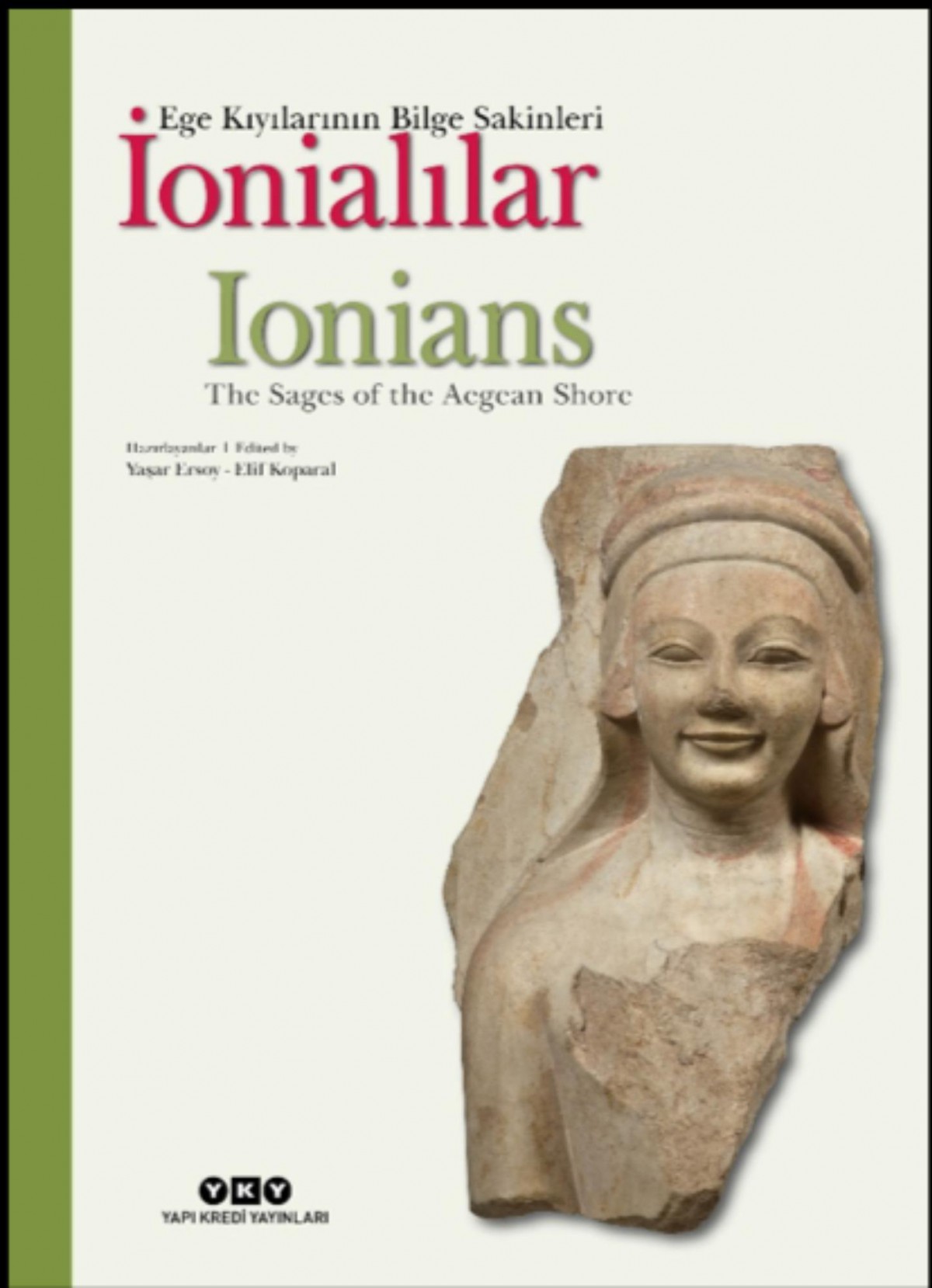560 pp, kolor figures, hb, in Turkish/English bilingual.
The Ionians lived on the Aegean coast of Anatolia where they founded 12 cities along the shoreline extending from Phocaea in the north to Miletus in the south, and on the offshore islands of Samos and Chios. Although we refrain from calling them this today, it is understandable why the Ionians for a very long time were named “Eastern Greeks” in the literature. Ionia was considered peripheral to the core of the ancient Greek cultural geography. Still, many important historical events that shaped the culture and society we label as the Classical Greek civilization transpired in this region, and countless key figures were born and lived in the Land of Ionia. Natural philosophy, which forms the archaic foundations of Western philosophy, shows us how the Ionians perceived and observed the environment in which they lived. Thales and Anaximander of Miletus, Heraclitus of Ephesus, Anaxagoras of Clazomenae, and Xenophanes of Colophon were the pioneers of the Ionian school of philosophy. Also, Homer, the poet of the Iliad and the Odyssey, considered as the cornerstone of Western literature, was born and lived in Smyrna or Chios. Hippodamus, the namesake of the urban planning template, arguably based on the principle of equality before the law, isonomia, was also from Miletus.
The undeniable influence of this small region located on the western Anatolian coast on the ancient Greek culture, which is considered the cornerstone of Western civilization, always makes it worth pondering about Ionia and the Ionians.



